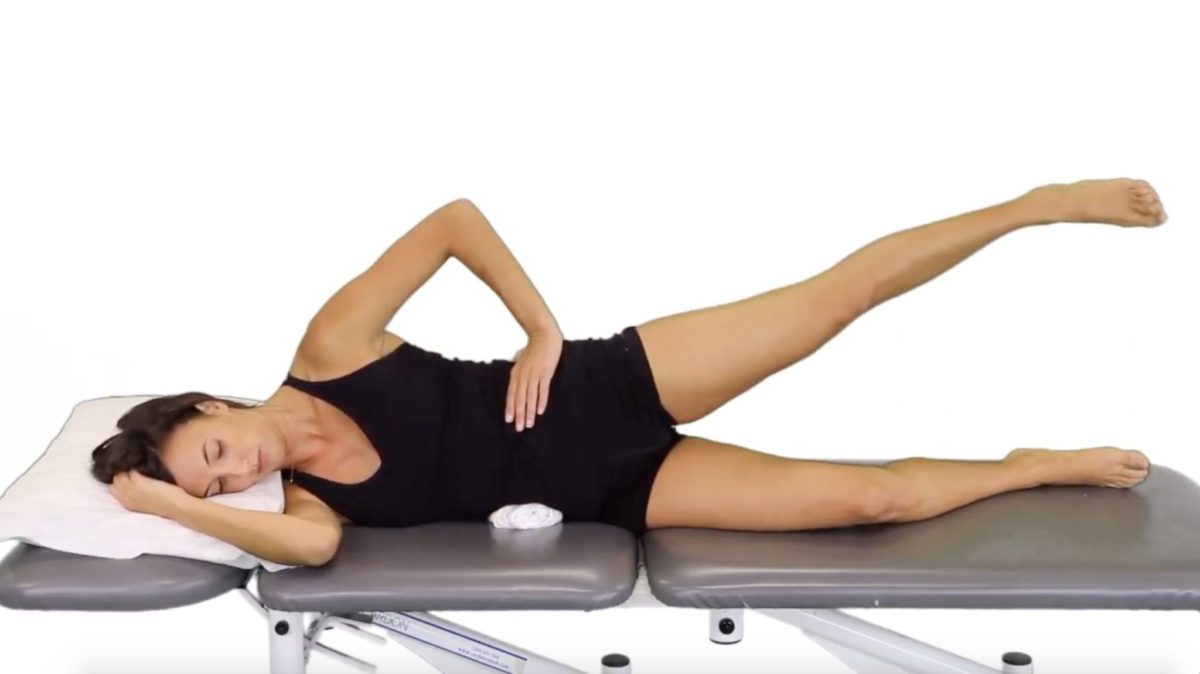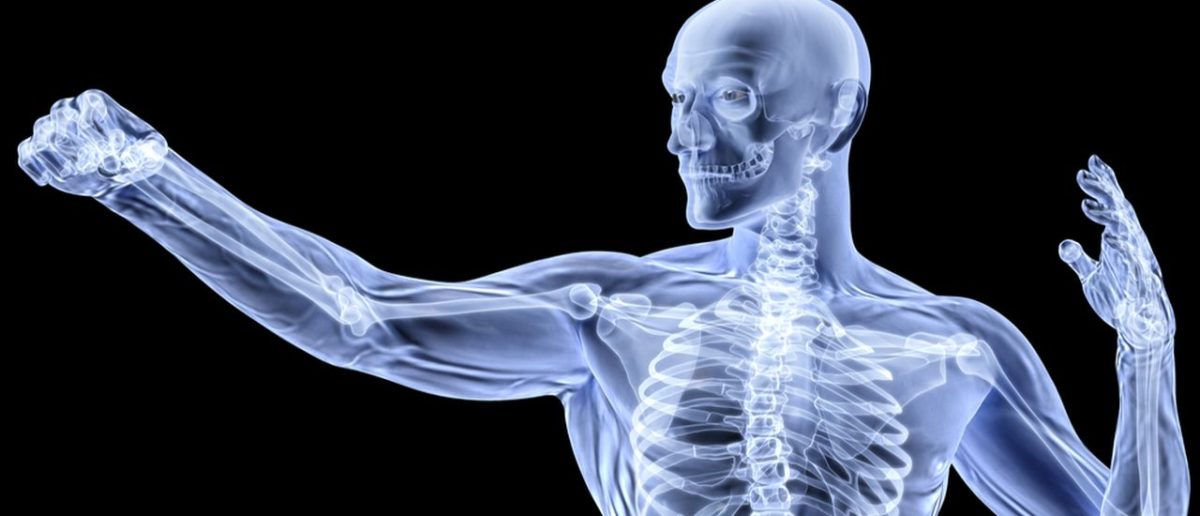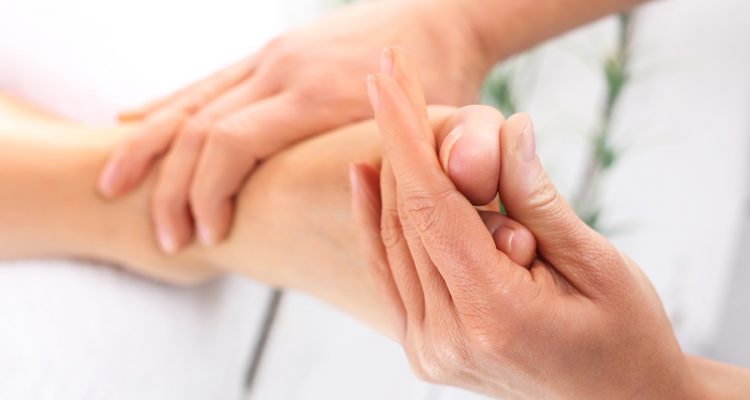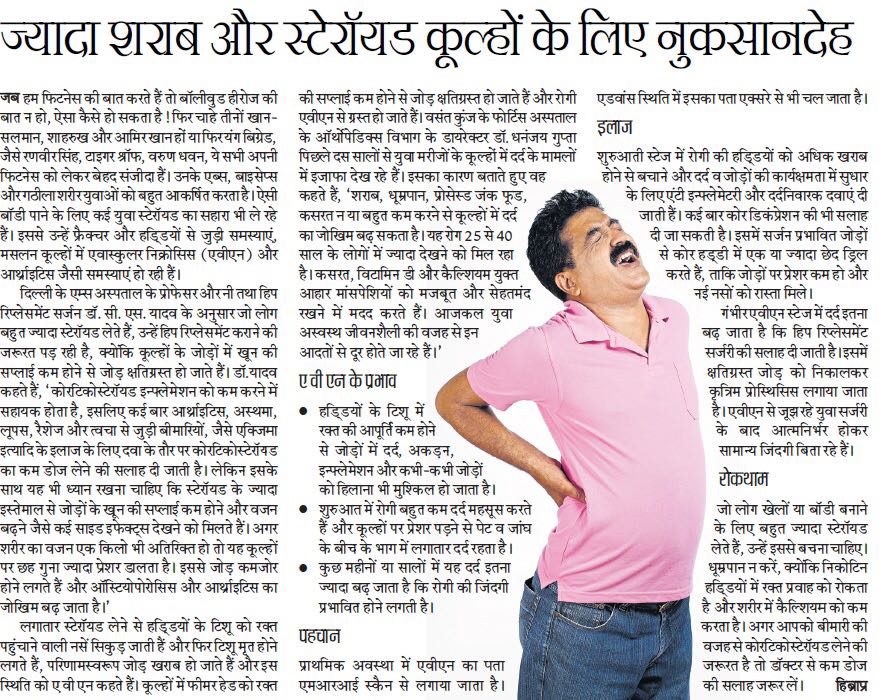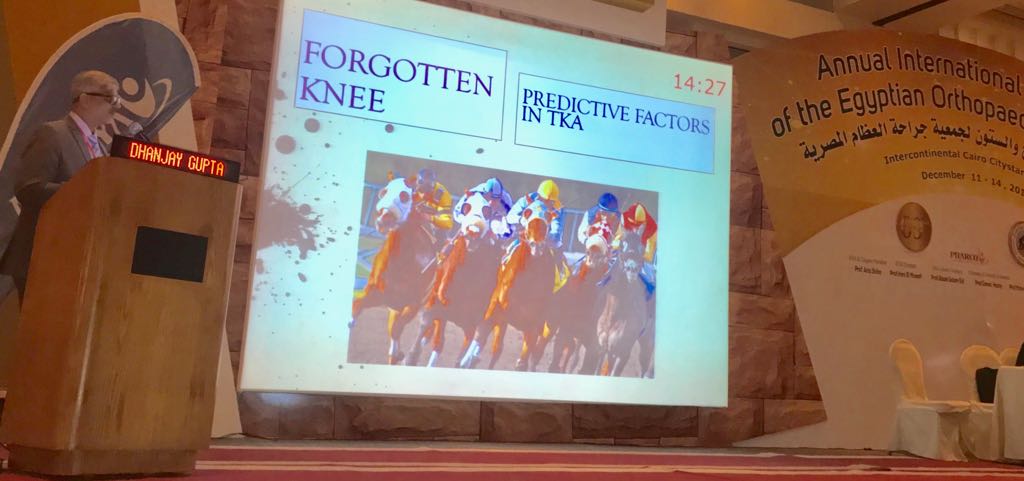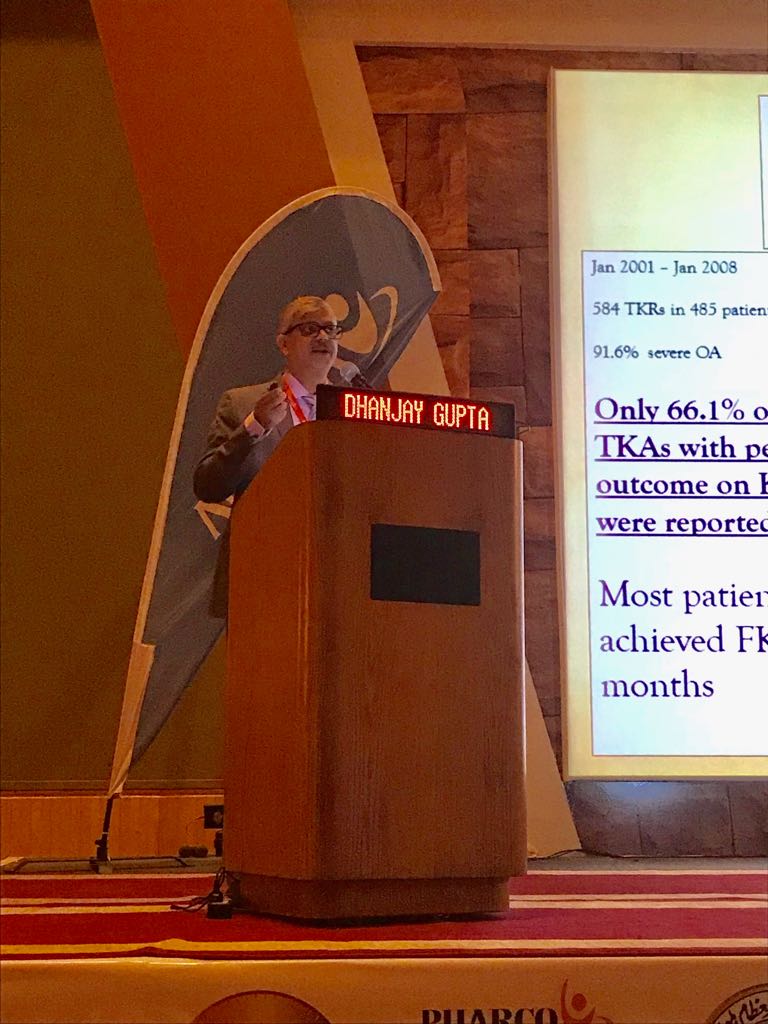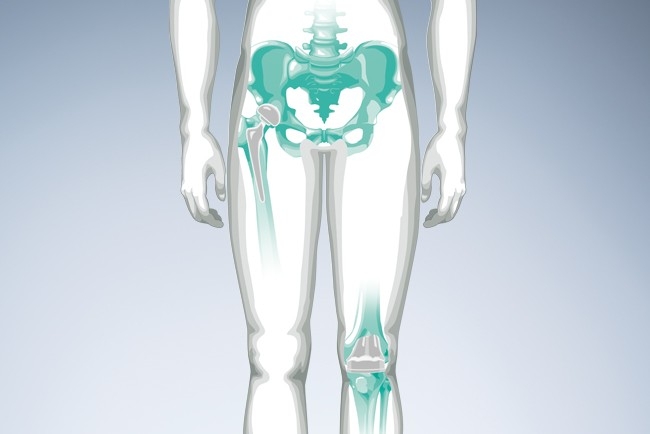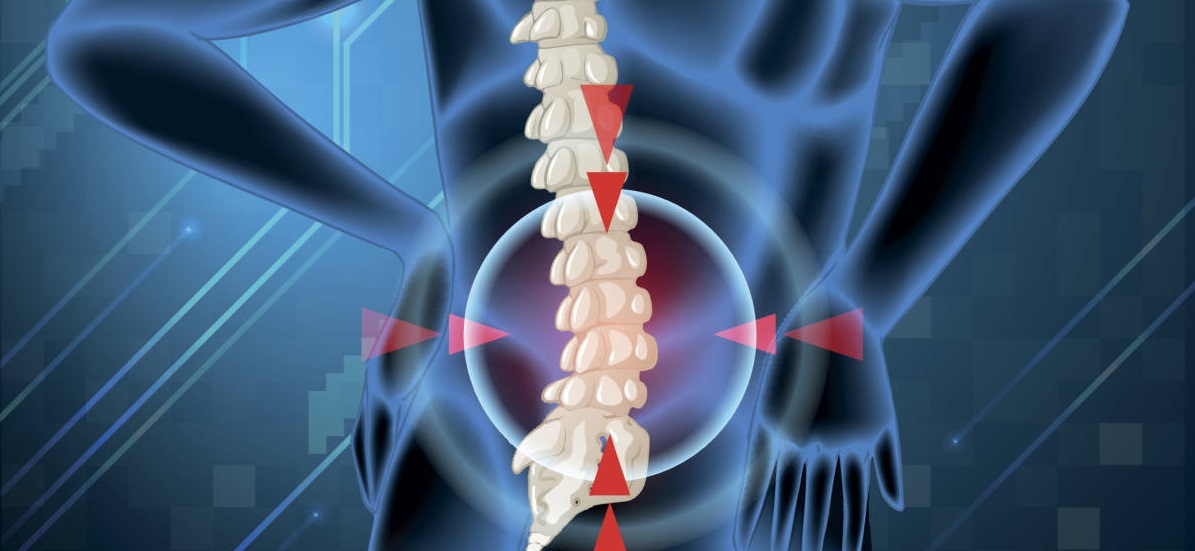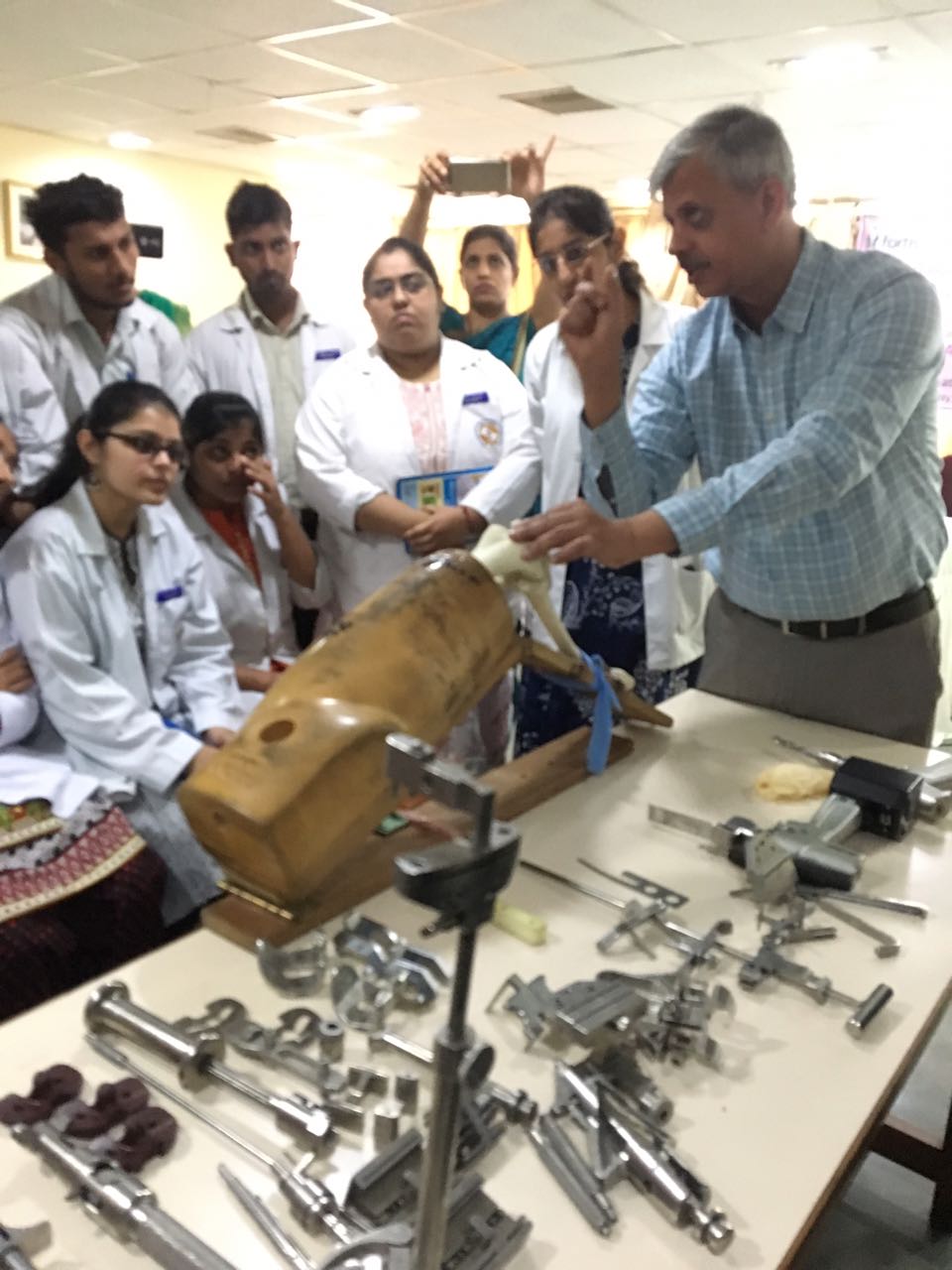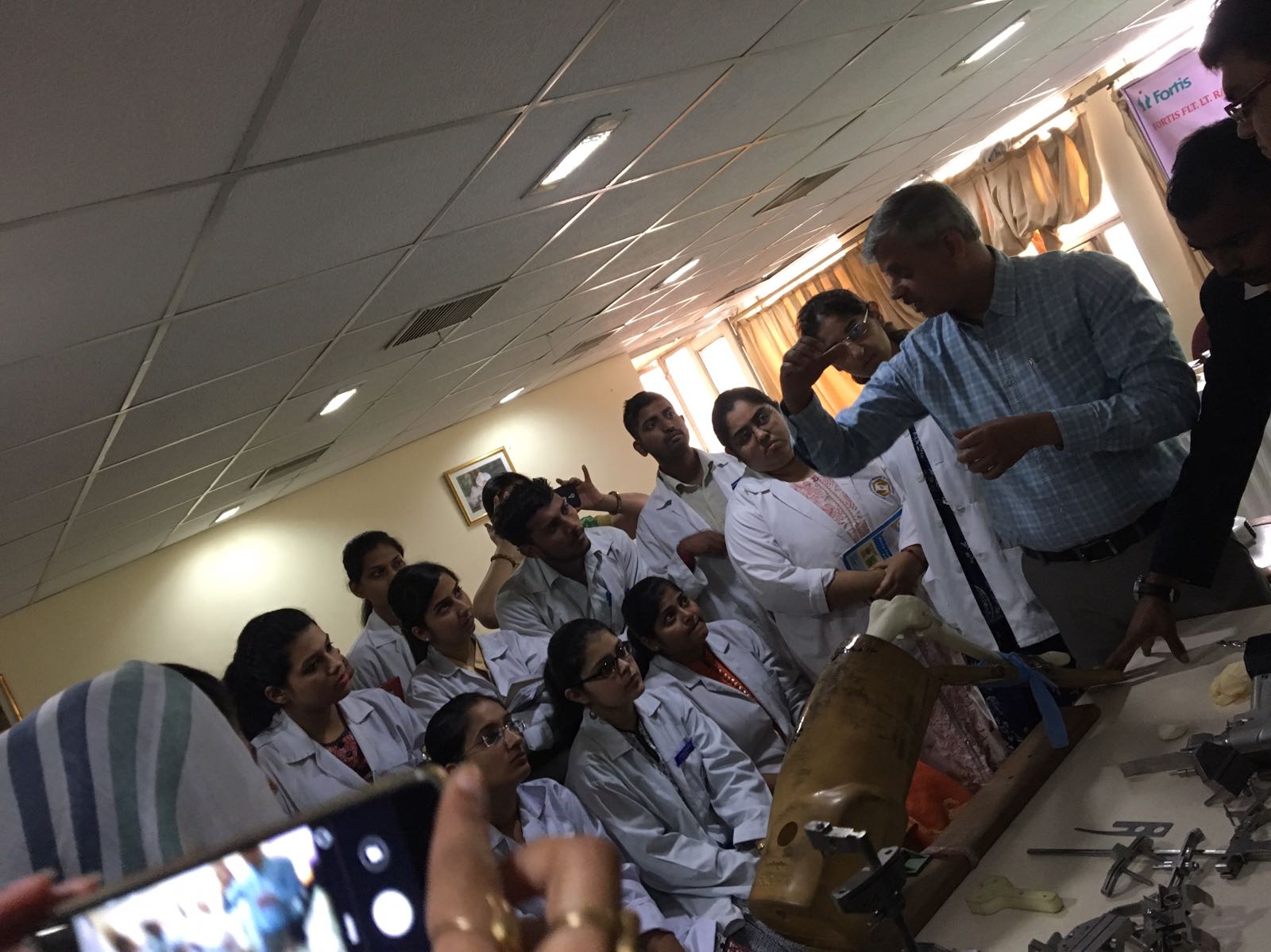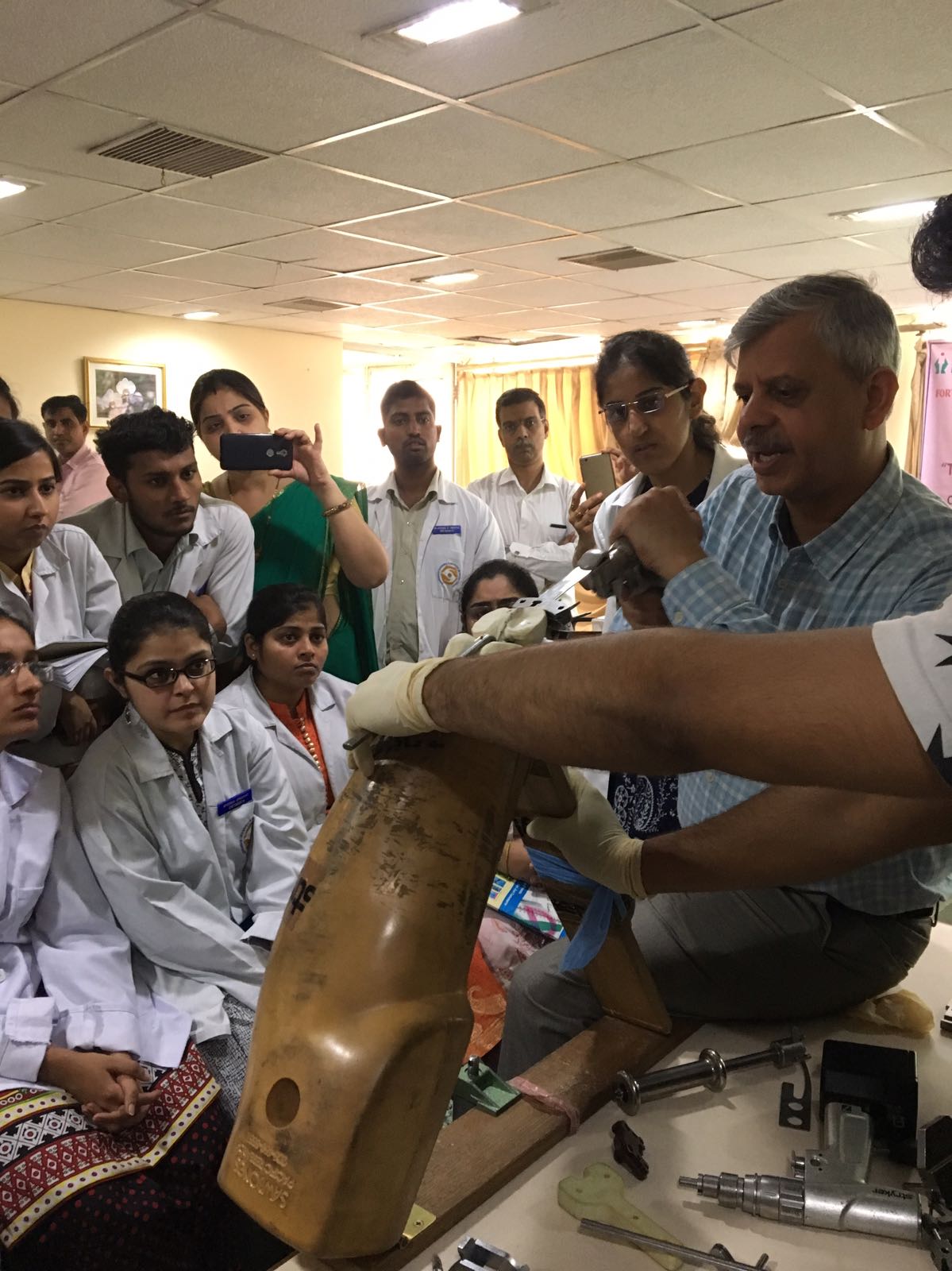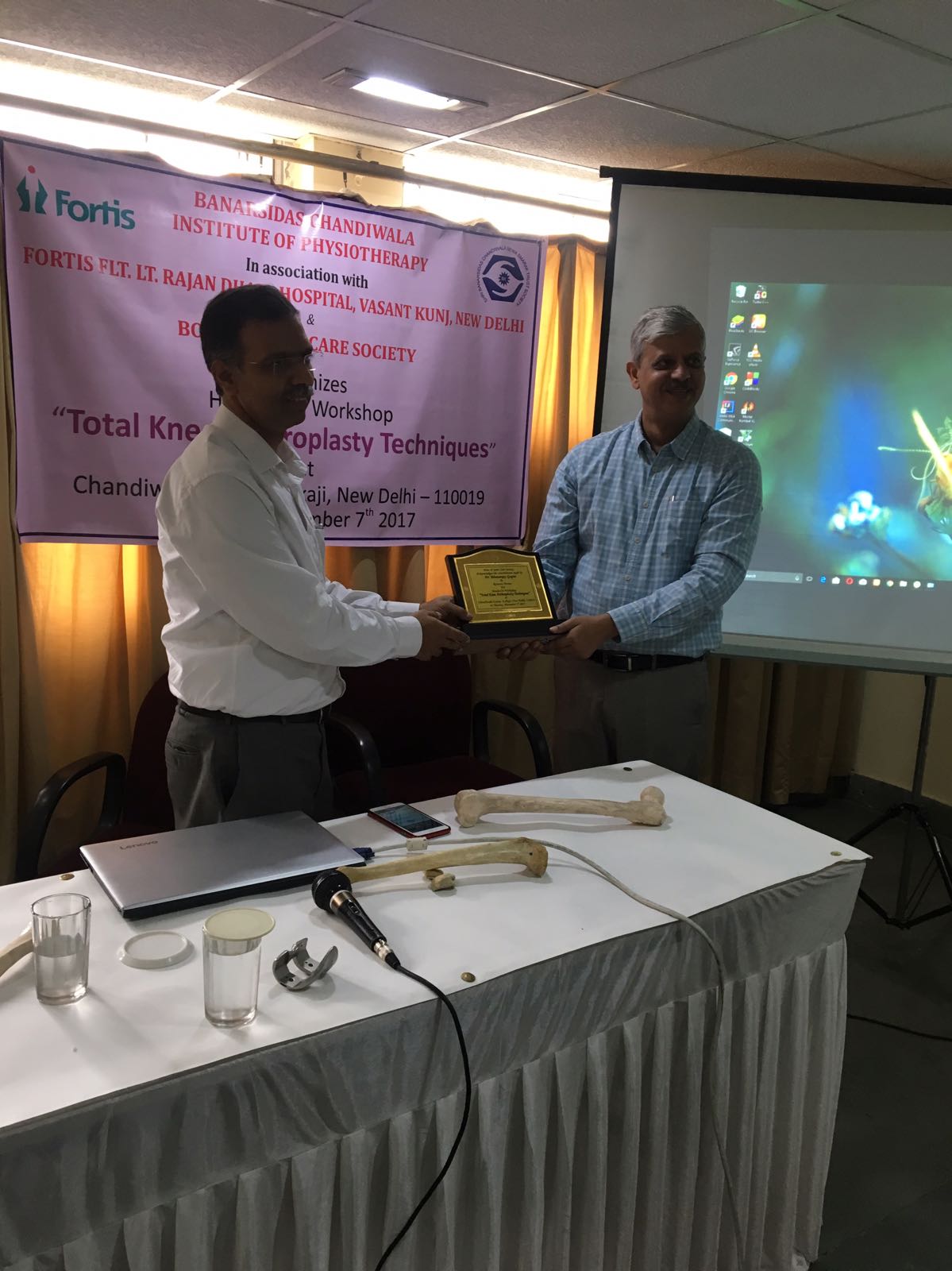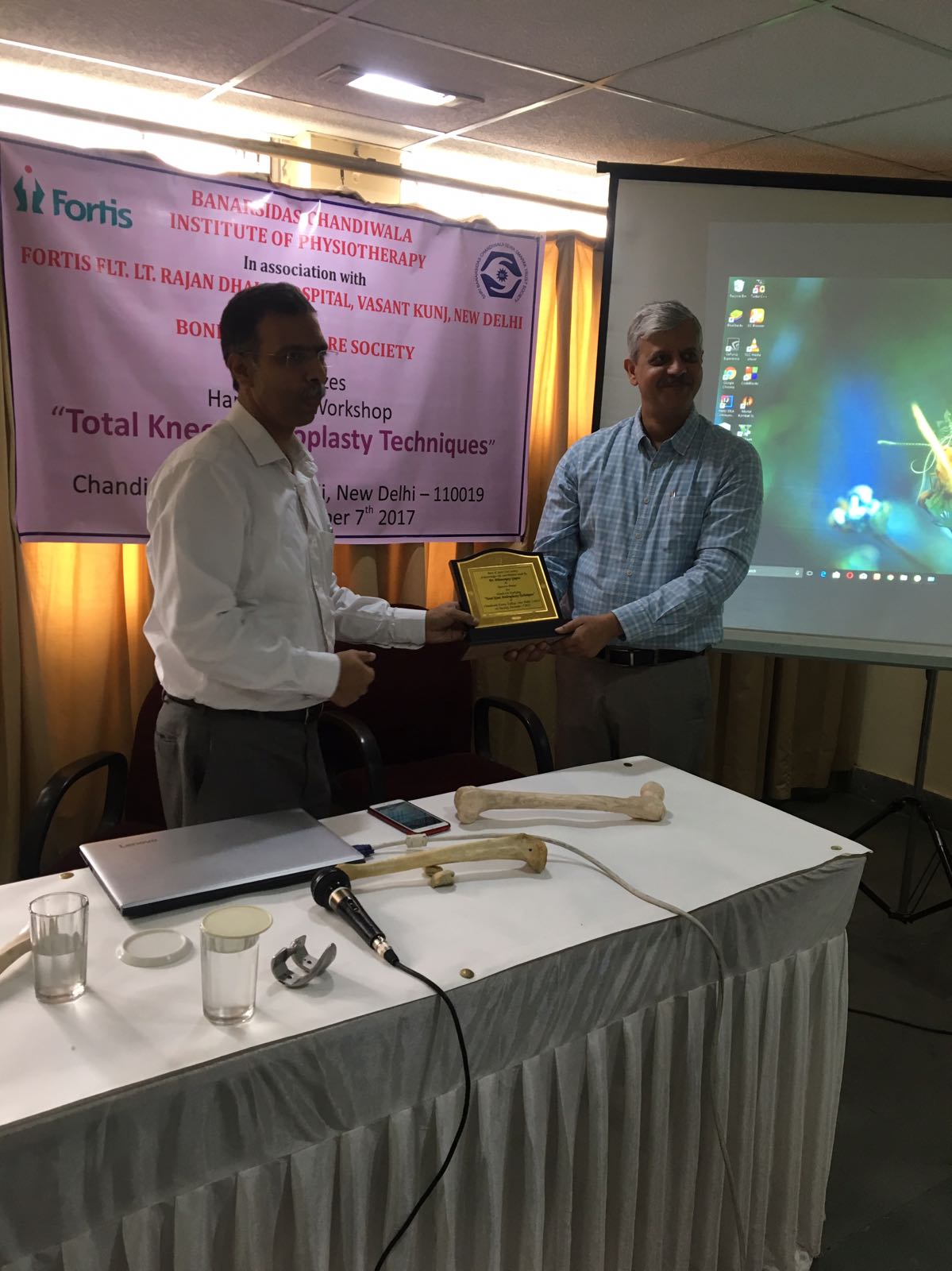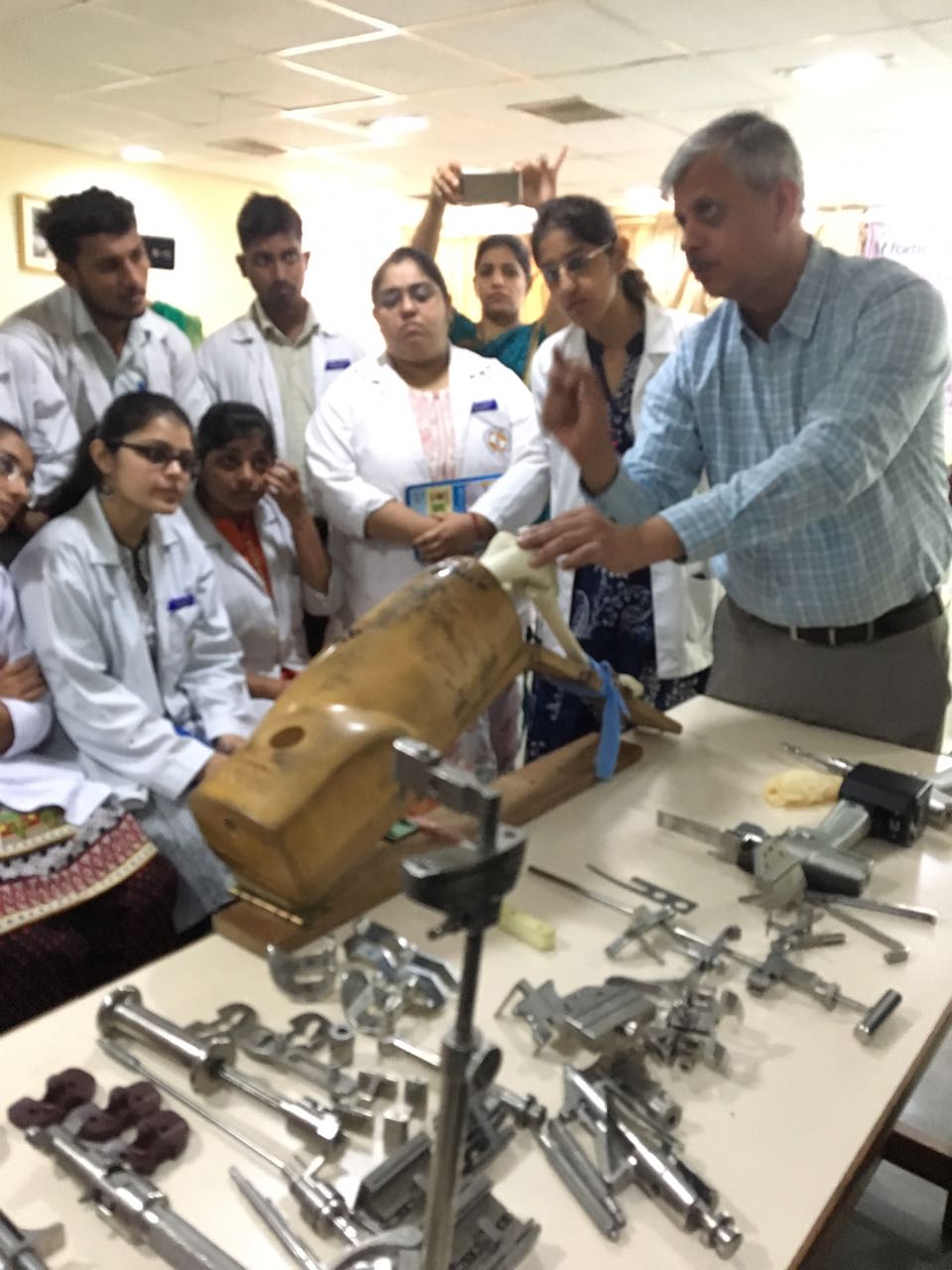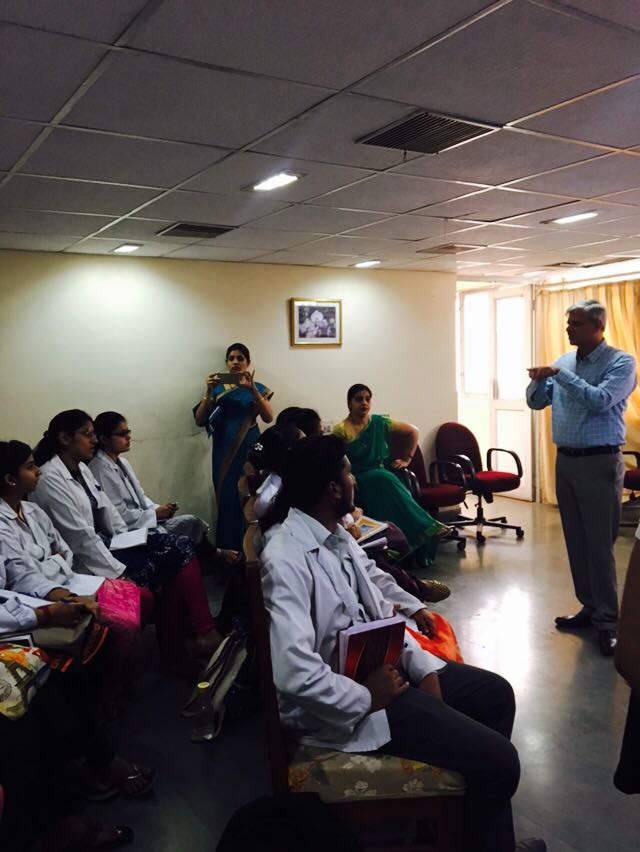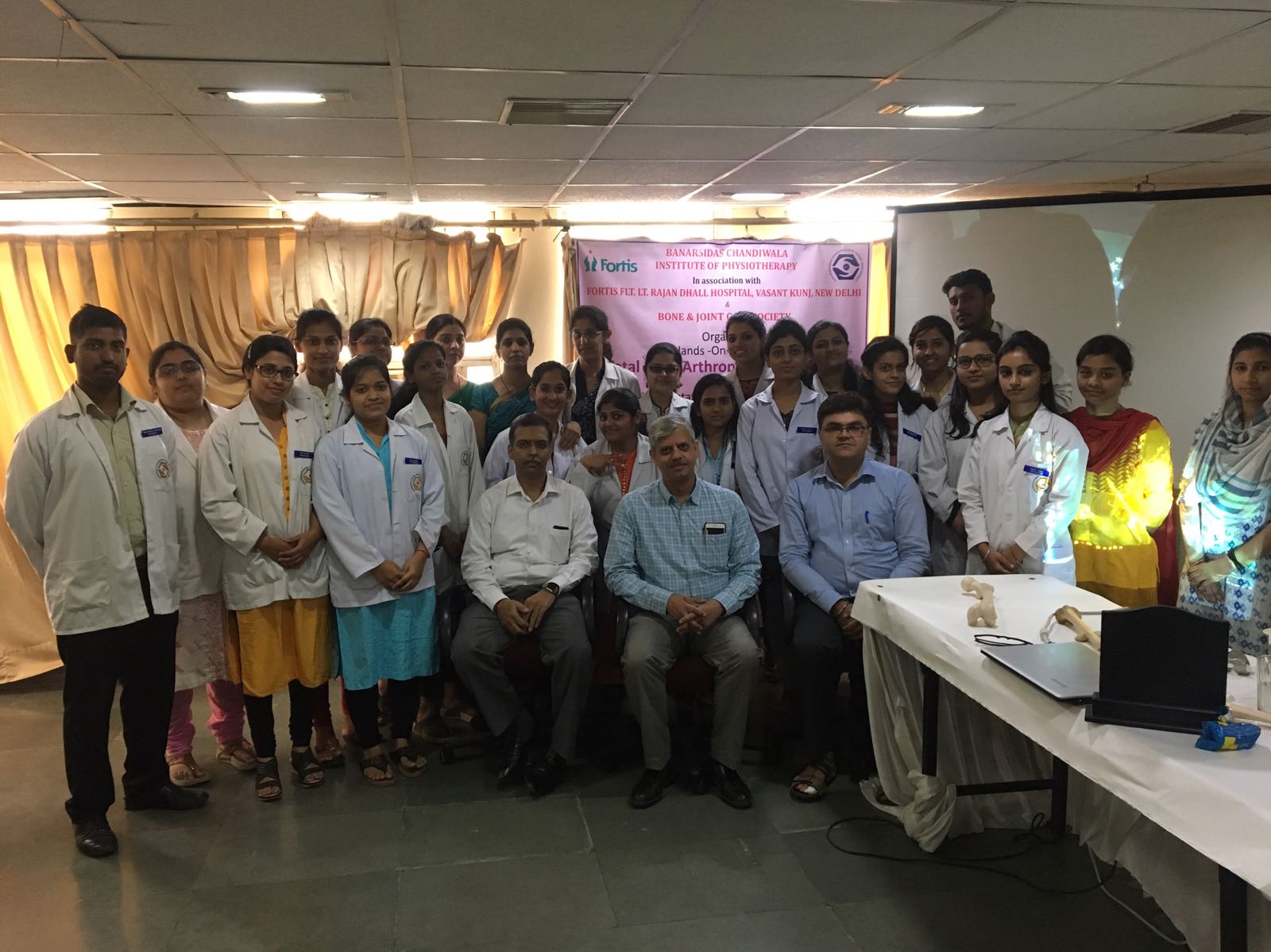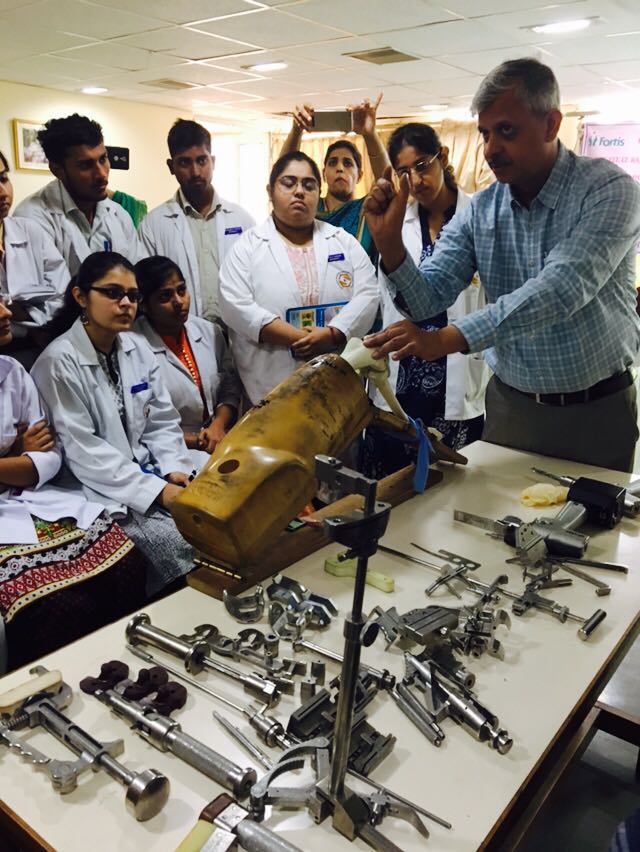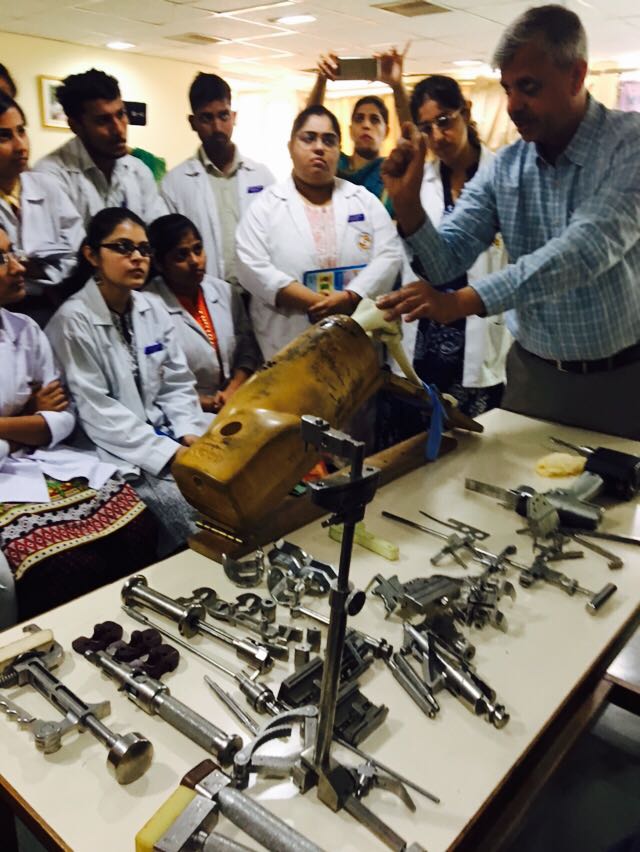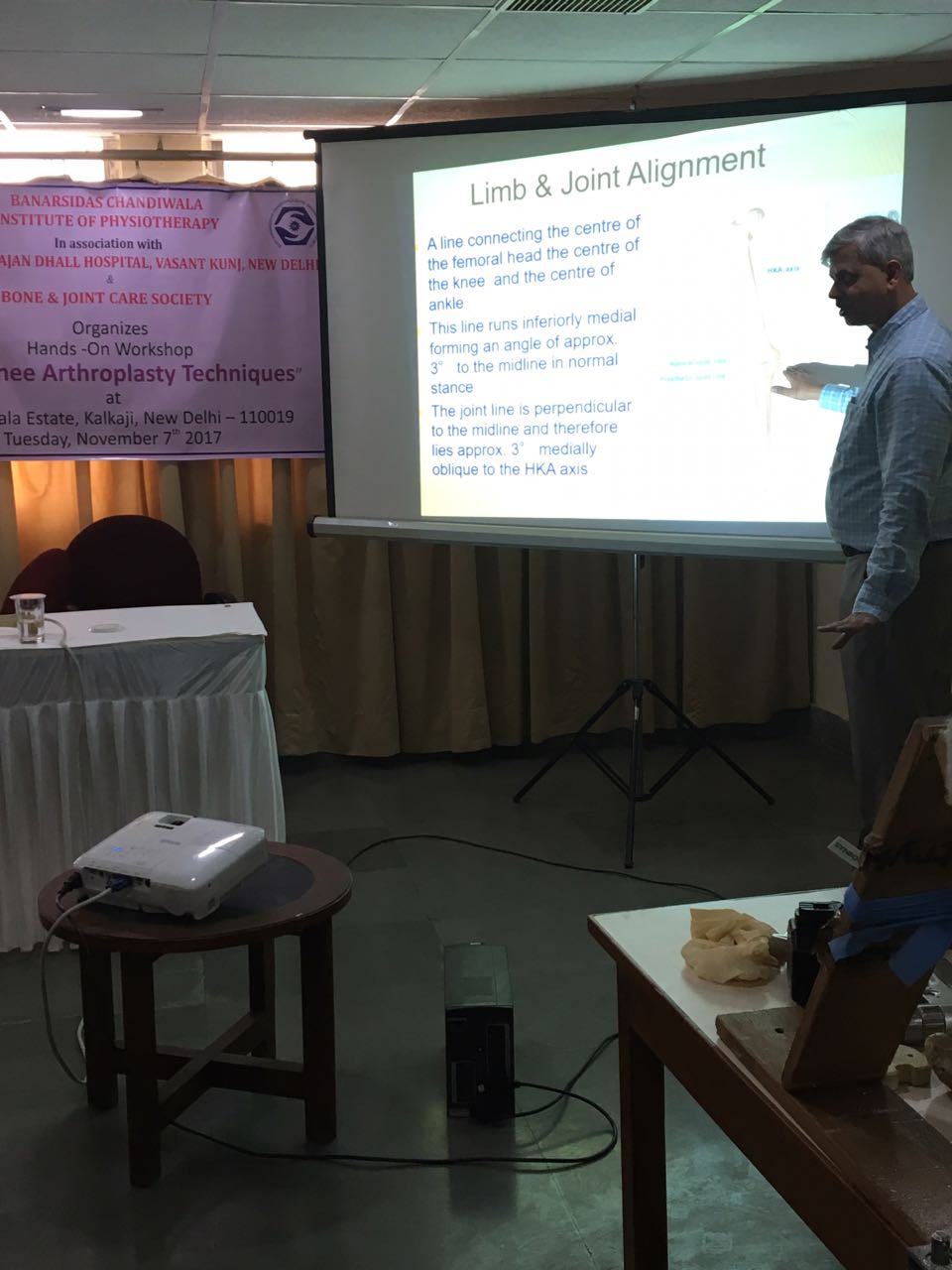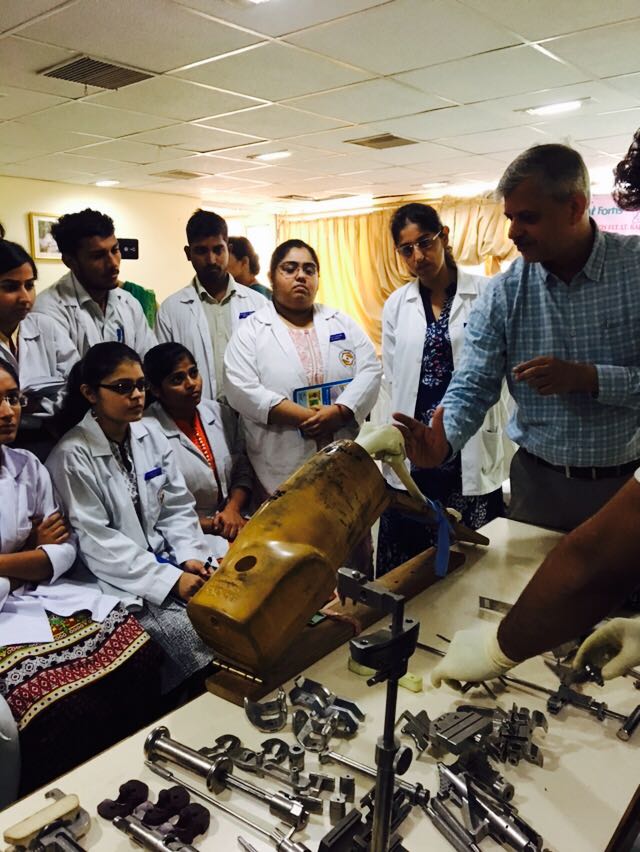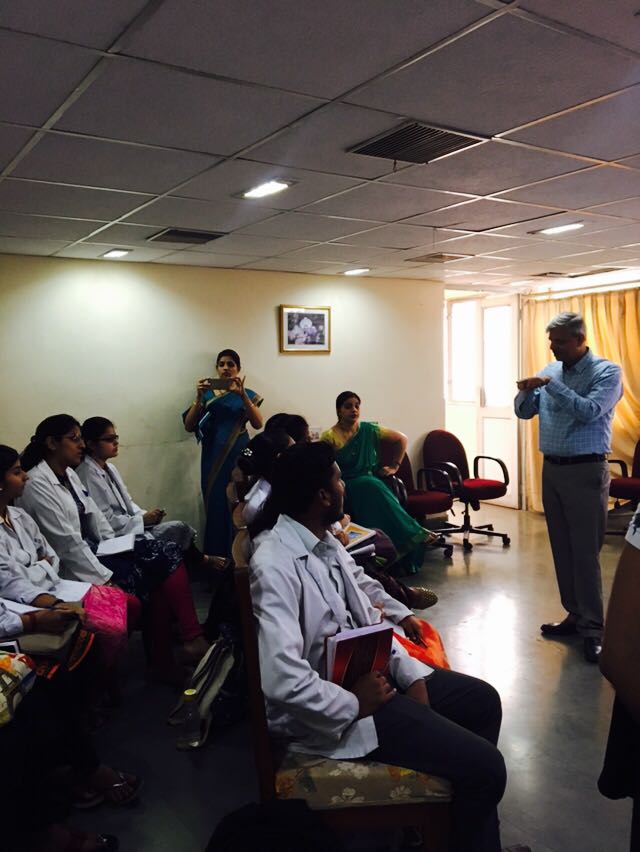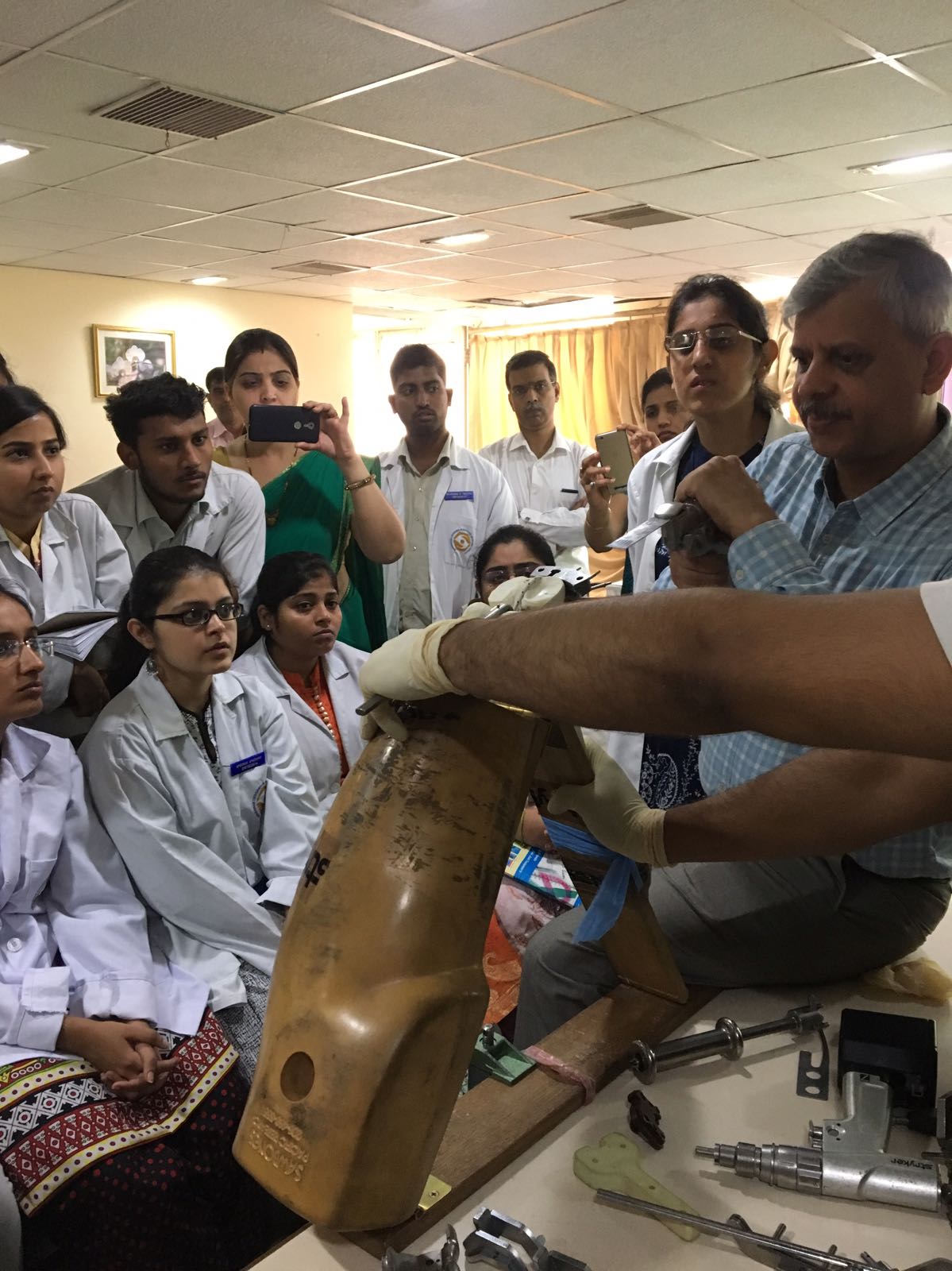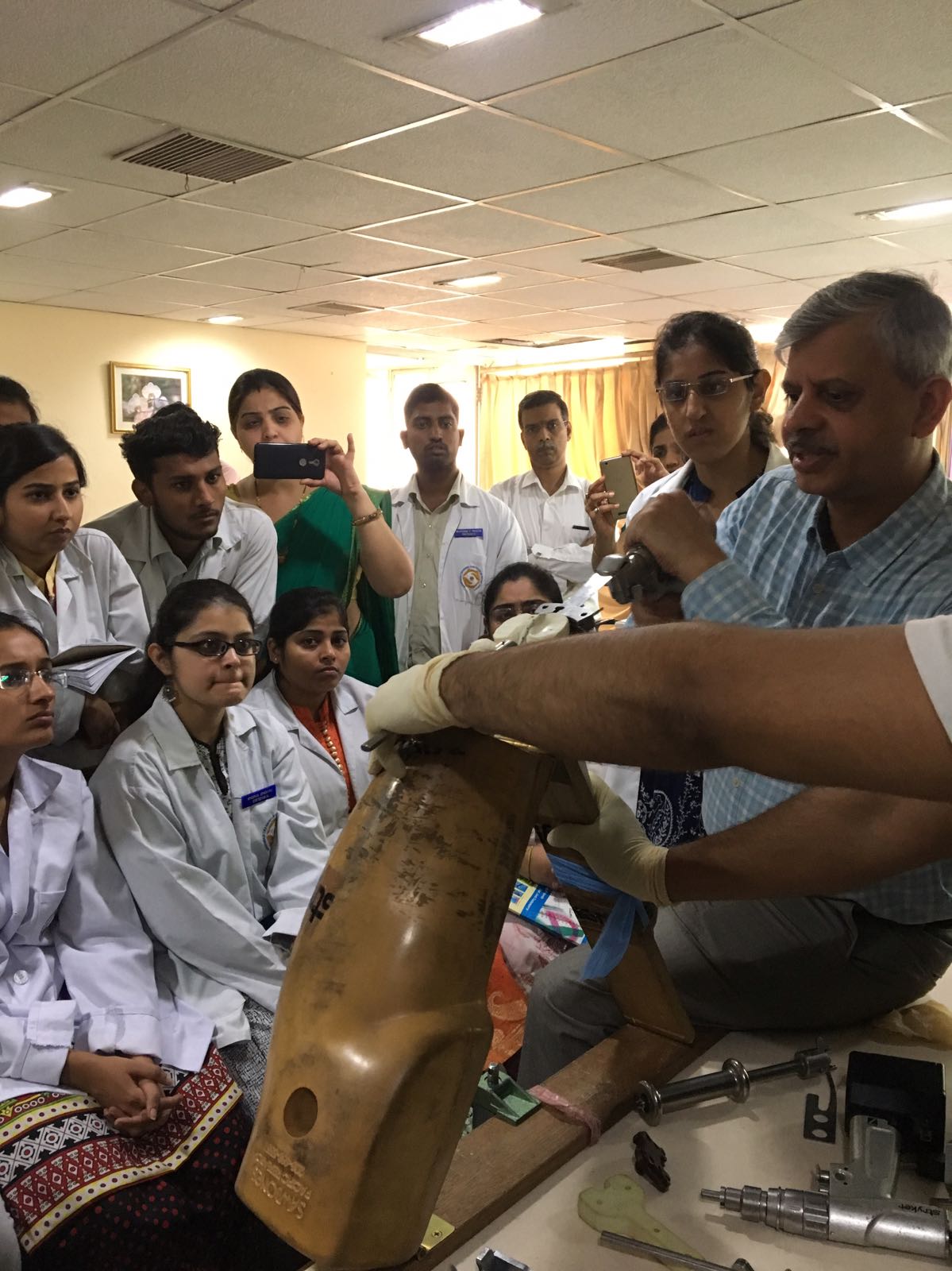Early activity is important following hip replacement surgery. In fact, some patients are walking short distances the same day as the procedure.
Physical therapy usually starts the day after hip replacement surgery, and continues for about two months after the operation. Typically, a physical therapist will show you exercises to do at home while you are still in the hospital.
You may go to a rehabilitation facility for a period of time after you are discharged from the hospital; otherwise, you will go home. Either way, it’s important to stay active: walking and doing the exercises prescribed by your therapist or physician. Anticipate doing about 20 to 30 minutes’ worth of exercises several times each day, every day.
The benefits of early activity include:
- Aiding in your recovery process
- Providing circulation to your legs and feet, helping to reduce the chance of developing a blood clot
- Increasing muscle strength and enhancing hip movement
Exercises will be mild at first, and can include gentle movements, such as knee bends, ankle rotations, and leg raises. Longer term, you will be able to resume an active lifestyle. Low-impact sports make great exercise choices: swimming, golfing, walking, and cycling, among others. But some activities may need modified or eliminated to prevent excessive wear and tear on your hip, like basketball and running.

